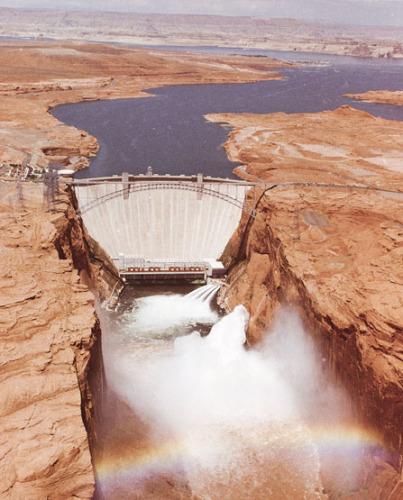The flood unleashed through Grand Canyon National Park earlier this month appears to have been a stunning success, with sandbars and beaches created as scientists had predicted. Whether it will be repeated on a regular basis is questionable, though.
The problem, you see, is that the floods come at a cost of roughly $4 million in lost revenues associated with hydropower sales.
For a good overview of the flood, check out Brandom Loomis' story in the Salt Lake Tribune.
Ecologists and park managers hailed this run as the most prodigious bulldozer of sands yet, setting up a battle for controlled flows that might better approximate nature's way.
"We know we need to keep studying, but we also know this is going to work," Park Superintendent Steve Martin said last week while smiling at a massive new sand mound burying the trunks of tamarisk trees. He's pressing the U.S. Interior Department for routine spring floods whenever Utah's Paria River dumps enough sand below the dam.


 Support Essential Coverage of Essential Places
Support Essential Coverage of Essential Places







Comments
Before we all start patting ourselves on the back, let's remember that this same strategy was applied previously, with the same initial results. Within just a few short months however, the newly created islands of sediment were rapidly eroded to the tune of some 85% of the initial buildup being washed downstream and into the Gulf of California. It was indeed a noble effort, but a total failure for the long-term health of the ecosystem. Man simply cannot recreate in a few days what nature has taken eons to sculpt. Technology and planning aren't all they're cracked up to be. So let's give this new effort some time to decide if it too will go the way of all flesh as did the past attempt before we apply success rates to the project.